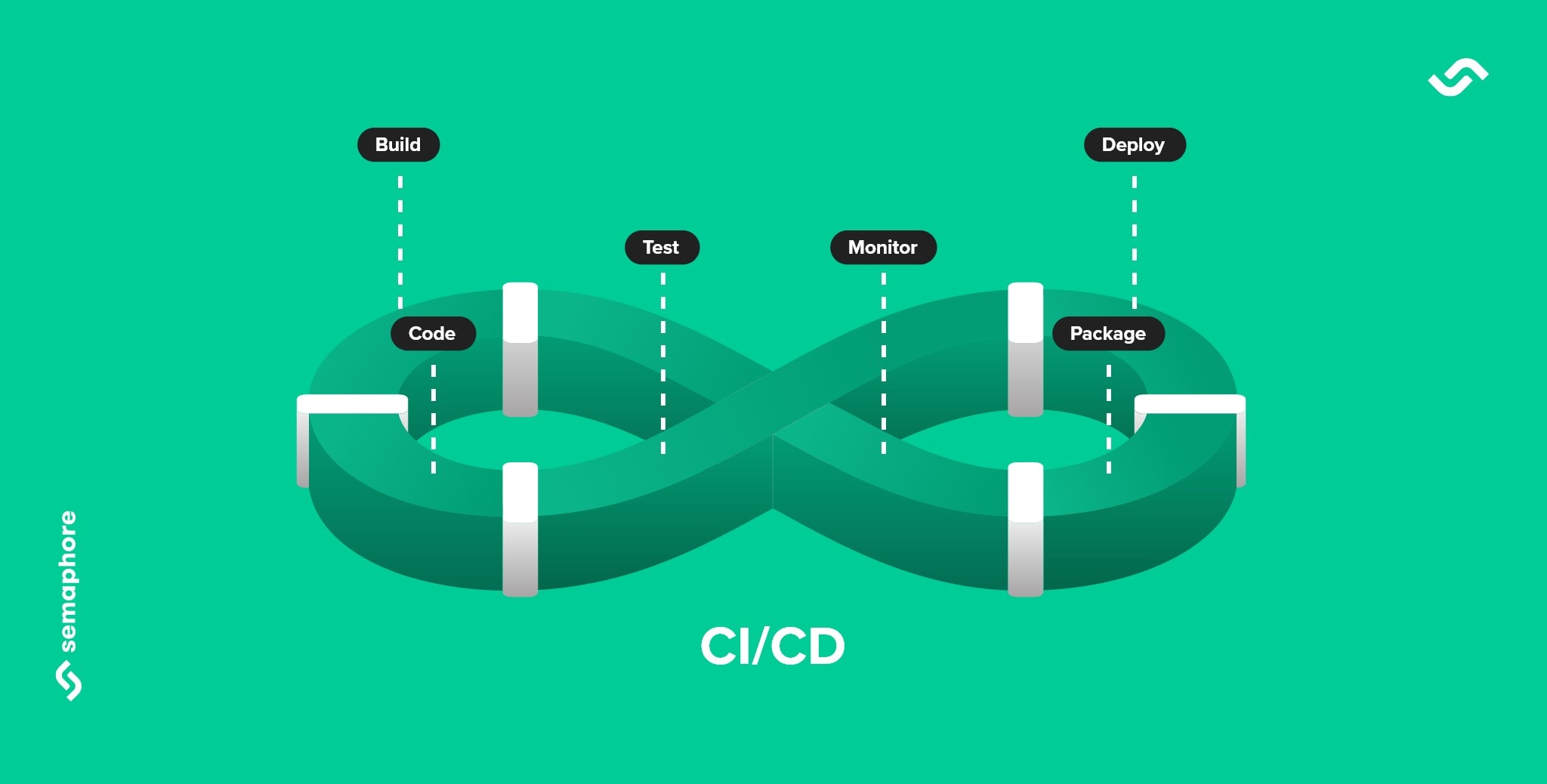
Introduction
Think of modern software delivery as a high-speed train racing along its track. Every carriage—representing new features, bug fixes, and enhancements—must be securely coupled and tested before the train reaches its next station. If even one faulty carriage goes unnoticed, the entire train risks derailment. Continuous testing is the vigilant inspector stationed at every junction, ensuring each carriage is safe before the journey continues. It’s not a step at the end of the track; it’s the safeguard built into every metre of the journey.
Why Continuous Testing Matters
In today’s digital-first world, releasing unreliable software is like selling a parachute without testing its cords. The consequences are costly, sometimes catastrophic. Continuous testing ensures that defects are caught as early as possible, reducing the time and expense of fixing them. Unlike traditional approaches, where testing comes as an afterthought, continuous testing is woven directly into the CI/CD pipeline, acting as a constant safety mechanism. For learners in a Software Testing Course, this approach highlights how testing isn’t a final gatekeeper but a living, breathing part of the entire development lifecycle.
Building Automation into the Pipeline
Imagine a bakery where each loaf of bread must pass through a quality scanner before reaching the shelf. Automated tests act as these scanners, detecting imperfections in every batch. When integrated into the CI/CD pipeline, these tests validate every code commit, ensuring no faulty ingredient sneaks into production. Developers can push changes confidently, knowing the system will immediately flag anything suspicious. Training environments, particularly a Software Testing Course, emphasise not just writing automation scripts but embedding them into workflows where they continuously protect code integrity.
Choosing the Right Tools and Frameworks
Not every tool fits every project, much like a craftsman doesn’t use the same hammer for wood and metal. Selecting the right testing tools—be it Selenium for UI checks, JUnit for unit testing, or Postman for API validation—determines the efficiency of the pipeline. The integration must feel seamless, where tests run in parallel and provide rapid feedback. When teams make the wrong choice, bottlenecks form, and confidence in automation diminishes. The art lies in matching the tool to the task, crafting a toolkit that complements the product’s unique architecture.
Shifting Left with Confidence
Continuous testing thrives on the philosophy of “shift left”—catching defects earlier rather than later. Picture an architect noticing a crack in the foundation while still drawing blueprints, rather than discovering it after the building is complete. This shift reduces rework, builds trust in releases, and allows faster delivery cycles. The practice isn’t just about writing more tests; it’s about embedding a culture where quality is everyone’s responsibility. Developers, testers, and operations staff become partners in resilience, rather than siloed roles.
Embracing Chaos and Continuous Feedback
Even with robust pipelines, no system is perfect. Real confidence comes from testing resilience under pressure. Some teams use chaos engineering—deliberately breaking parts of the system to validate recovery. Continuous testing supports this by offering immediate feedback loops. Logs, metrics, and dashboards don’t just tell you what failed; they narrate the story of why it failed. This feedback turns uncertainty into actionable insights, ensuring every subsequent release is sturdier than the last.
Conclusion
Continuous testing is more than a technical practice—it’s a philosophy of building trust at every stage of software delivery. By weaving automated checks into the CI/CD pipeline, teams ensure that speed never comes at the expense of quality. The journey becomes smoother, risks are minimised, and end-users experience reliable, resilient products. For organisations, it’s the difference between firefighting after a crash and preventing accidents before they occur. And for professionals training in this discipline, it’s about mastering the tools, frameworks, and mindset needed to safeguard the future of digital innovation.